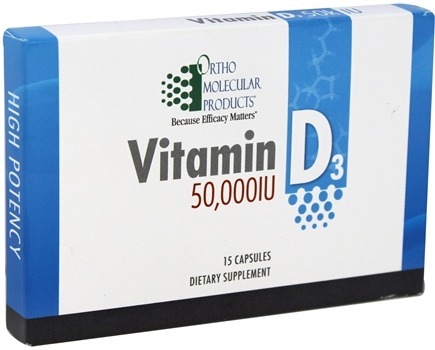

Vitamin D insufficiency has been recognized in a large proportion of the general population, with higher deficiencies among women, elderly, and minorities. The known functions of vitamin D have grown to include roles in immune function, cardiovascular health, and cancer prevention. A daily administration of the same cumulative dose is similarly effective but takes two weeks longer to reach the desirable level of 20 ng/mL.Ī low vitamin D status is common worldwide and may affect health in terms of its effects on bone, fracture, muscle strength, and fall risks. In conclusion, a monthly administration of 50,000 IU vitamin D 3 provides an effective tool for a rapid normalization of 25(OH)D 3 in deficient subjects. The median time to reach the 20 ng/mL target concentration was significantly different in the two groups, in favor of the monthly regimen (1 day versus 14 days p = 0.02). One day after the intake of vitamin D 3, as expected, serum 25(OH)D 3 and 1,25(OH) 2D 3 increased significantly in the monthly group, whereas they did not change significantly in the daily group. The mean change versus the baseline level was significantly different between the groups at day 2, 4, 7, and 14 and no longer different from day 25. The 25(OH)D 3 serum concentrations from baseline to day 75 were 14.3 ± 3.7 to 27.8 ± 3.9 ng/mL in the monthly group and 14.1 ± 3.4 to 28.8 ± 5.4 ng/mL in the daily group.


The same cumulative dose of vitamin D 3 was given to each treatment group (150,000 IU). We randomized 60 subjects with vitamin D deficiency to receive 2000 IU vitamin D 3 daily or 50,000 IU monthly. This is a monocentric, two-armed, randomized, interventional, open, and parallel study conducted from November 2016 to March 2017 in Belgium. We aimed to determine whether a cumulative dose of vitamin D 3 produces the same effects on the serum concentration of 25(OH)D 3 if it is given daily or monthly.


 0 kommentar(er)
0 kommentar(er)
